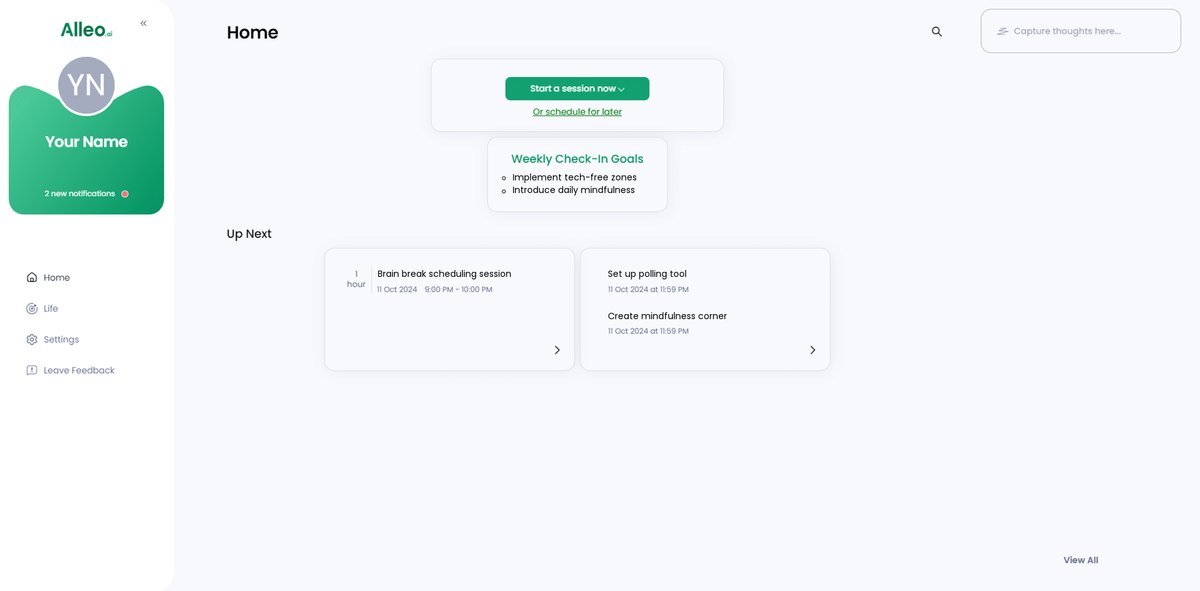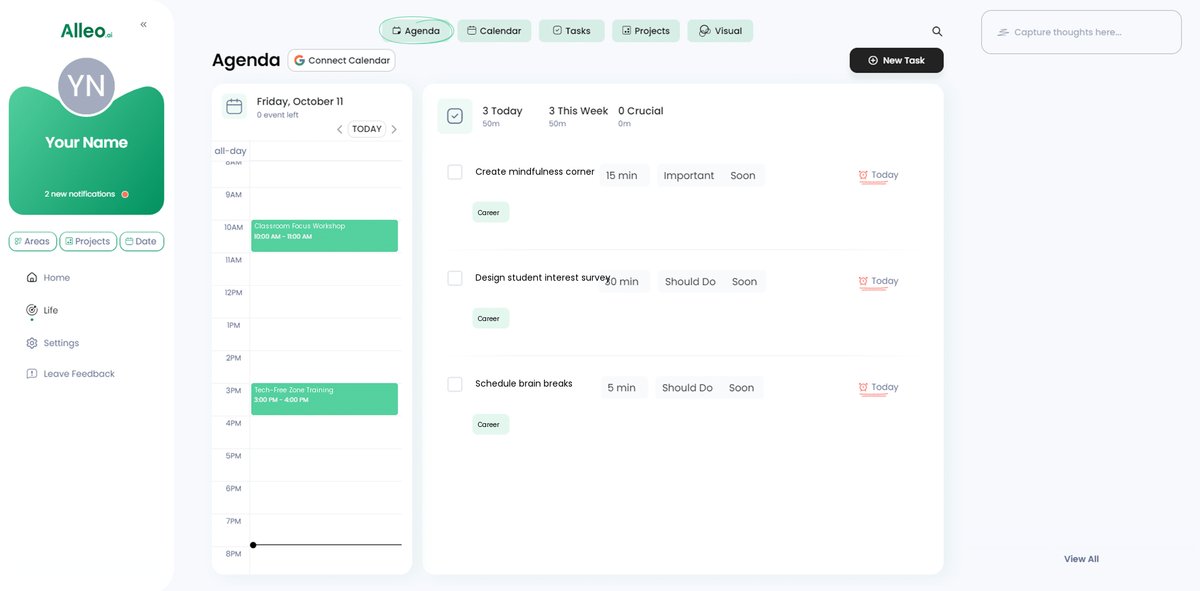5 Proven Strategies for Teachers to Improve Student Attention in Class
Are you tired of spending nearly half of your lesson time just trying to get students to listen? Improving student classroom focus is a common challenge for educators.
As an experienced educator, I understand the frustration and stress that comes with managing distractions in the classroom. I’ve worked with many teachers who face these challenges daily, seeking effective classroom management techniques.
In this article, we’ll explore proven strategies to boost student attention and engagement. You’ll discover actionable steps to create a more focused and productive learning environment, including student engagement methods and reducing distractions in school.
Let’s dive in to uncover active learning strategies and attention-boosting activities for improving student classroom focus.

The Impact of Classroom Distractions on Learning
Let’s explore why persistent distractions are such a big issue in improving student classroom focus. Many teachers share similar experiences of losing valuable lesson time to managing disruptions and implementing classroom management techniques.
These constant interruptions hinder learning outcomes and create a chaotic classroom environment, making it challenging to apply effective student engagement methods.
Persistent distractions don’t just affect learning—they also lead to stress and burnout for teachers. Imagine spending nearly half of your lesson time just trying to get students to focus, rather than implementing active learning strategies.
It’s exhausting and frustrating.
The emotional toll is significant. Teachers often feel overwhelmed, which can lead to burnout, impacting their ability to create effective lesson planning tips.
Addressing these distractions is crucial for both student success and teacher well-being, often requiring innovative approaches to reducing distractions in school.
Consider the statistics. In my experience, many clients report that digital devices are a major source of distraction, making technology integration for focus a complex challenge.
For instance, research shows that 97% of children aged 11-17 use digital devices during the school day. This constant connectivity keeps students’ minds away from the lesson, necessitating attention-boosting activities.
The emotional toll on teachers is real. Managing these distractions day after day can lead to frustration and burnout, highlighting the need for positive reinforcement in education and mindfulness exercises for students.
It’s clear that we need effective strategies to tackle this issue head-on and improve student classroom focus through various methods, including brain breaks for improved concentration.

Effective Strategies to Improve Student Attention
Improving student classroom focus requires a few key steps. Here are the main areas to focus on to make progress in classroom management techniques and student engagement methods.
- Implement tech-free zones during key lessons: Designate specific areas in the classroom as tech-free zones to minimize distractions and boost student attention.
- Use interactive polling for real-time engagement: Integrate polling tools to foster participation and assess understanding, enhancing active learning strategies.
- Incorporate brain breaks between activities: Schedule short, structured breaks to refresh and refocus students, improving classroom focus.
- Teach mindfulness techniques for focus: Incorporate daily mindfulness exercises for students to improve concentration and reduce distractions in school.
- Relate lessons to students’ interests and culture: Tailor lesson content to be relevant and engaging by connecting it to students’ experiences and backgrounds, an effective lesson planning tip.
Let’s dive in to these strategies for improving student classroom focus!

1: Implement tech-free zones during key lessons
Creating tech-free zones during key lessons can significantly reduce distractions and improve student classroom focus.
Actionable Steps:
- Designate specific areas in the classroom as tech-free zones.
- Ensure these zones are comfortable and conducive to focused learning.
- Use visual cues and signage to clearly mark these areas.
- Schedule tech-free times during critical instructional periods.
- Communicate these times to students and explain the benefits.
- Gradually increase the duration of tech-free periods as students adapt.
Benefits of tech-free zones include:
- Enhanced concentration and focus
- Improved face-to-face communication
- Reduced digital distractions in school
Explanation:
Implementing tech-free zones can help minimize distractions caused by digital devices. This classroom management technique fosters a focused learning environment, enhancing student engagement and comprehension.
A study on classroom management indicates that minimizing distractions can lead to better academic outcomes and reduced teacher stress. By creating structured tech-free times, you can maintain a more orderly and productive classroom atmosphere, improving student classroom focus.
Transitioning to the next strategy, let’s explore how interactive polling can further engage students and serve as an effective student engagement method.
2: Use interactive polling for real-time engagement
Using interactive polling keeps students engaged and allows you to assess understanding in real-time, which is crucial for improving student classroom focus.
Actionable Steps:
- Integrate polling tools like iClicker Cloud or Poll Everywhere into your lessons as effective classroom management techniques.
- Use these tools to ask questions and gauge student understanding.
- Share results immediately to foster participation and accountability.
- Develop a routine for using polls at strategic points during the lesson as part of your student engagement methods.
- Start with a poll at the beginning to activate prior knowledge.
- Use mid-lesson polls to maintain engagement and assess comprehension.
- Encourage student-created polls to increase ownership and implement active learning strategies.
- Allow students to create and present polls related to the lesson content.
- Use these student-led polls as a form of peer teaching and engagement.
Explanation:
Interactive polling tools enhance student participation and make lessons more dynamic. This method helps maintain student attention and provides immediate feedback on their understanding, effectively reducing distractions in school.
According to a study from Berkeley, using polling tools can significantly increase engagement and allow for real-time adjustments to teaching, making it an essential component of effective lesson planning tips.
Transitioning to the next strategy, let’s explore how incorporating brain breaks can further support student focus and serve as attention-boosting activities.

3: Incorporate brain breaks between activities
Incorporating brain breaks between activities can help refresh students’ minds and maintain their focus throughout the lesson, which is crucial for improving student classroom focus.
Actionable Steps:
- Schedule short, structured brain breaks every 20-30 minutes as part of effective lesson planning tips.
- Use attention-boosting activities like stretching, quick games, or mindfulness exercises for students.
- Keep breaks brief (3-5 minutes) to maintain momentum without disrupting the flow.
- Introduce varied types of brain breaks to suit different preferences and enhance student engagement methods.
- Alternate between physical movement, creative tasks, and relaxation techniques.
- Rotate activities to keep students interested and engaged, supporting active learning strategies.
Popular brain breaks for improved concentration include:
- Quick stretching routines
- Short mindfulness exercises
- Brief team-building games
Explanation:
Incorporating brain breaks can significantly improve student classroom focus and engagement by providing periodic mental rest. These short breaks help prevent fatigue and keep students refreshed, enhancing their ability to concentrate and reducing distractions in school.
According to a study on the Classcard blog, brain breaks can be an effective tool to maintain focus and productivity in the classroom, making them valuable classroom management techniques.
Transitioning to the next strategy, let’s explore how teaching mindfulness techniques can further support student focus.

4: Teach mindfulness techniques for focus
Teaching mindfulness techniques can significantly boost student classroom focus and create a calm learning environment.
Actionable Steps:
- Introduce daily mindfulness exercises into your routine for improving student classroom focus.
- Start with simple breathing exercises or guided imagery as effective classroom management techniques.
- Gradually incorporate complex practices like body scans and mindful listening to enhance student engagement methods.
- Create a mindfulness corner in your classroom for reducing distractions in school.
- Provide resources like guided meditation recordings, calming visuals, and comfortable seating as active learning strategies.
- Encourage students to use this space when they need to refocus, promoting mindfulness exercises for students.
Explanation:
Incorporating mindfulness techniques can improve concentration and reduce stress for both students and teachers, serving as effective lesson planning tips.
According to research on the Classcard blog, mindfulness exercises help build focus and emotional regulation.
These practices create a more attentive and engaged classroom atmosphere, acting as attention-boosting activities.
Mindfulness techniques can transform your teaching environment and enhance student focus, complementing technology integration for focus and positive reinforcement in education.

Partner with Alleo to Enhance Classroom Focus
We’ve explored the challenges of managing classroom distractions and how to address them effectively for improving student classroom focus. But did you know you can work directly with Alleo to make this process easier and faster?
Alleo provides tailored coaching support for improving student attention in class, offering classroom management techniques and student engagement methods. Our AI coach delivers full coaching sessions, just like a human coach, focusing on reducing distractions in school.
You get a free 14-day trial, and no credit card is required.
Set up your account, and create a personalized plan incorporating active learning strategies. Our AI coach will guide you with actionable steps and follow up on your progress, including effective lesson planning tips and attention-boosting activities.
You’ll receive text and push notifications to keep you on track with mindfulness exercises for students and technology integration for focus.
Ready to get started for free and explore positive reinforcement in education?
Let me show you how to improve student classroom focus with brain breaks for improved concentration!
Step 1: Log In or Create Your Account
To start improving classroom focus with Alleo’s AI coach, log in to your account or create a new one in just a few clicks.

Step 2: Choose Your Focus – Building Better Habits and Routines
Click on “Building better habits and routines” to start tackling classroom distractions head-on. By improving your daily practices, you’ll create a more structured and focused learning environment that naturally minimizes disruptions and enhances student engagement.

Step 3: Select “Career” as Your Focus Area
Choose “Career” as your focus area to address classroom management challenges and enhance your teaching effectiveness, aligning with the strategies discussed for improving student attention and engagement in your lessons.

Step 4: Starting a coaching session
Begin with an intake session where our AI coach will guide you through setting up a personalized plan to improve student attention and engagement in your classroom.

Step 5: Viewing and Managing Goals After the Session
After your coaching session, check the app’s home page to view and manage the goals you discussed, helping you stay on track with improving student attention and engagement in your classroom.

Step 6: Adding events to your calendar or app
Use the calendar and task features in the Alleo app to schedule and track your progress on implementing classroom focus strategies, allowing you to stay organized and motivated as you work towards a more engaged learning environment.

Bringing It All Together for an Engaged Classroom
By embracing these strategies for improving student classroom focus, you’re taking a big step towards a more attentive learning environment. Implementing tech-free zones, using interactive polling, incorporating brain breaks for improved concentration, teaching mindfulness exercises for students, and relating lessons to students’ interests can make a huge difference in classroom management techniques.
Remember, you’re not alone in this. Many educators face similar challenges with reducing distractions in school, and these student engagement methods can help you overcome them.
Most importantly, don’t forget to take care of yourself. Managing distractions is tough, but with the right active learning strategies and effective lesson planning tips, you can create a more productive learning environment.
If you want extra support in improving student classroom focus, try Alleo. Our AI coach can guide you through these attention-boosting activities with personalized advice on technology integration for focus and positive reinforcement in education.
Start your free 14-day trial today and see the difference it makes in your classroom management techniques.
You’ve got this!